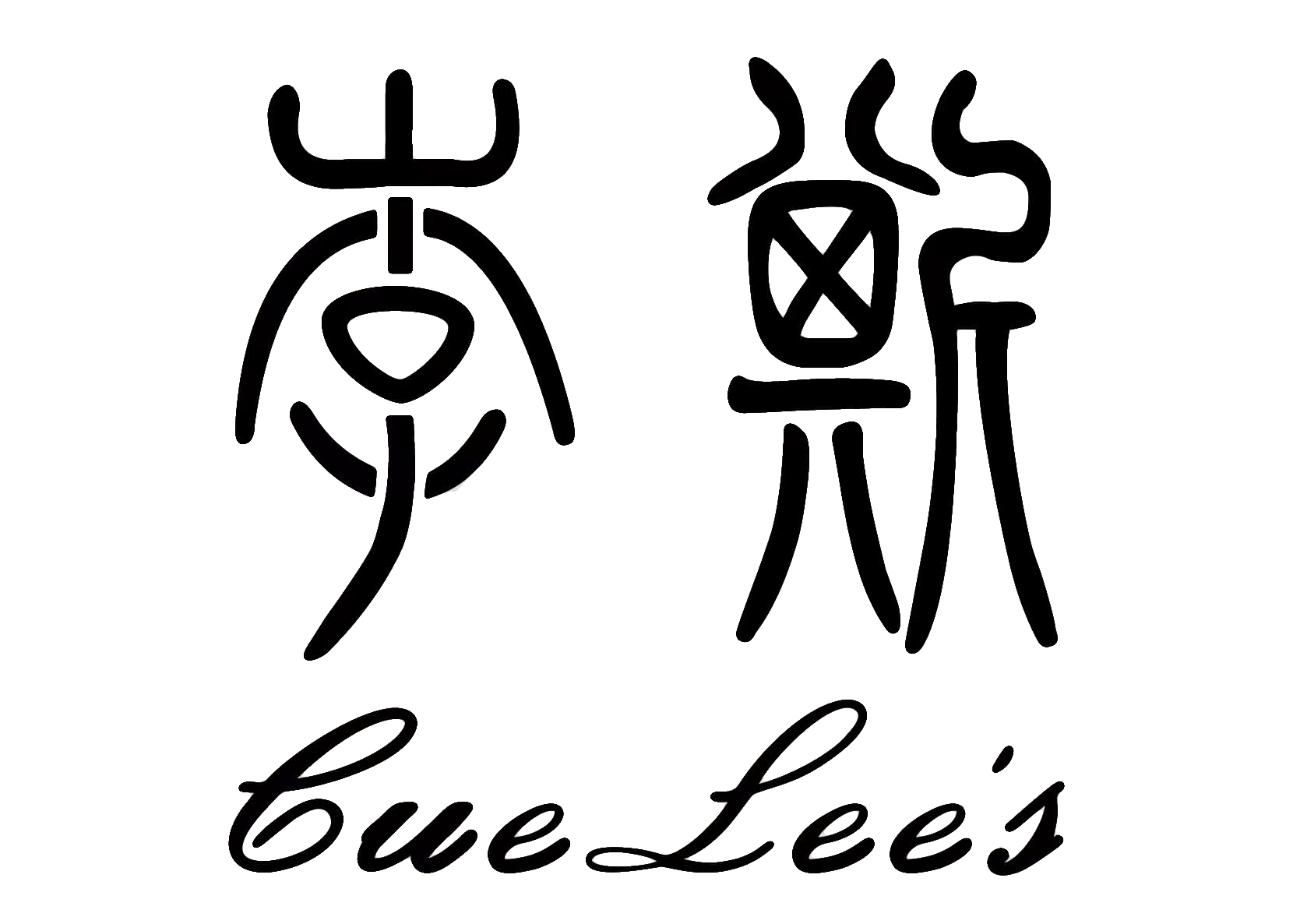Left-handed pool players face unique challenges when it comes to finding the right equipment. Pool gloves are essential accessories that reduce friction between your hand and the cue, allowing for smoother strokes and better control. For left-handed players, specialized gloves can make a significant difference in comfort and performance. This guide will help you understand everything you need to know about selecting, sizing, and maintaining the perfect left-handed pool glove for your game.
Whether you’re just starting out or looking to upgrade your billiards accessories, finding the right glove is crucial for consistent play. Browse Biljardi 247 Shop’s complete selection of pool gloves to find options specifically designed for left-handed players.
Why do left-handed players need specialized pool gloves?
Left-handed players need specialized pool gloves because standard gloves are designed with right-handed players in mind, creating significant ergonomic challenges. The cut, seam placement, and reinforcement areas in standard gloves don’t align properly with a left-handed grip, causing discomfort and reduced performance.
The biomechanics of a left-handed stroke differ from those of right-handed players. When a left-handed player uses a standard right-handed glove, the friction points don’t align correctly with where the hand naturally contacts the cue. This misalignment can create inconsistent sliding and unpredictable cue action, affecting accuracy and control.
Specialized left-handed gloves address these issues with tailored designs that account for the different pressure points and movement patterns. The thumb and finger positioning is reversed, allowing for natural hand positioning that facilitates a smoother stroke. Additionally, the padding and reinforcement are placed strategically in areas where left-handed players experience the most friction.
The bridge hand (the hand supporting the cue) experiences different stress patterns between left and right-handed players. Left-handed gloves provide appropriate support where needed, reducing fatigue during extended play sessions and improving overall comfort.
What features should you look for in left-handed pool gloves?
When selecting left-handed pool gloves, material composition is the most critical feature to consider. High-quality gloves typically use lycra, spandex, or specialized synthetic blends that offer both flexibility and durability. These materials provide the right balance of friction reduction while maintaining tactile sensitivity.
Finger coverage options vary significantly between models. Some gloves cover only three fingers, while others cover all fingers except the thumb. For left-handed players, three-finger designs (covering the middle, ring, and pinky fingers) often provide the best balance of control and comfort. This configuration allows for natural bridge formation while reducing friction where it matters most.
Wrist support is another crucial feature, particularly for players who experience long sessions at the table. Look for gloves with adjustable wrist closures that provide a secure fit without restricting blood flow or movement. Some premium models include ergonomic wrist designs specifically contoured for left-handed players.
- Breathability: Moisture-wicking fabrics prevent sweat buildup during intense play
- Thickness: Thinner gloves offer better feel, while thicker ones provide more durability
- Reinforced areas: Extra material at high-friction points extends glove life
- Elastic properties: Sufficient stretch ensures the glove moves naturally with your hand
The cut and seam placement should be specifically designed for left-handed play. Poorly placed seams can create pressure points that affect your stroke. Quality left-handed gloves feature streamlined designs with minimal seams on critical contact areas.
Check out Biljardi 247 Shop’s selection of pool gloves to find options with these essential features for left-handed players.
How do you determine the correct size for left-handed pool gloves?
To determine the correct size for left-handed pool gloves, measure the circumference of your hand at its widest point, typically just below the knuckles. Use a soft measuring tape and wrap it around your hand while keeping your hand flat. Record this measurement in inches or centimeters, depending on the manufacturer’s sizing chart.
Next, measure your hand length from the base of your palm to the tip of your middle finger. This second measurement helps ensure proper finger length, which is particularly important for left-handed players who need precise control over their bridge hand.
When consulting sizing charts, keep in mind that left-handed gloves may have slightly different sizing standards than right-handed versions. Some manufacturers use universal sizing (S, M, L, XL), while others use numerical measurements. If you fall between sizes, it’s generally better to size up rather than down, as a slightly looser glove can still function well, while a too-tight glove will restrict movement and comfort.
| Hand Circumference | Typical Glove Size |
|---|---|
| 7-8 inches (17.8-20.3 cm) | Small |
| 8-9 inches (20.3-22.9 cm) | Medium |
| 9-10 inches (22.9-25.4 cm) | Large |
| 10-11 inches (25.4-27.9 cm) | X-Large |
The ideal fit indicators for a left-handed pool glove include: comfortable wrist closure that doesn’t pinch or gap, finger tips that reach near (but not at) the end of the glove fingers, and no binding across the knuckles when forming a bridge position. When trying on a glove, simulate your playing position to ensure the glove doesn’t restrict your natural movements.
What are the differences between budget and premium left-handed pool gloves?
Budget left-handed pool gloves typically range from €10-25 and feature basic materials like polyester blends with minimal reinforcement. These entry-level gloves provide fundamental friction reduction but often lack durability and specialized left-handed ergonomics. They may work well for casual players but typically need replacement after 3-6 months of regular use.
Premium left-handed gloves, priced between €25-60, offer significant advantages in material quality and construction. They typically feature specialized synthetic fabrics with enhanced elasticity and moisture-wicking properties. The primary performance benefits include better sensitivity, more consistent friction reduction, and designs specifically engineered for left-handed biomechanics.
The durability difference between budget and premium options is substantial. While budget gloves often develop tears at stress points after limited use, premium gloves can last 1-2 years or longer with proper care. The stitching quality is also notably better in premium models, with reinforced seams in high-stress areas.
For competitive players or those who play multiple times per week, investing in a premium left-handed glove makes financial sense over time. The improved comfort and performance consistency justify the higher initial cost through longevity and enhanced play quality. However, recreational players who visit the pool hall occasionally may find budget options perfectly adequate for their needs.
How should you care for and maintain left-handed pool gloves?
Proper cleaning is essential for maintaining left-handed pool gloves. For most synthetic gloves, hand washing with mild soap and lukewarm water is recommended. Gently massage the glove surface to remove chalk and oils, then rinse thoroughly. Avoid harsh detergents, bleach, or fabric softeners as these can degrade the specialized materials and affect performance.
After washing, proper drying technique is crucial. Never wring out your gloves as this can distort the shape and stretch the material. Instead, press excess water out gently between clean towels, then lay flat to air dry away from direct sunlight or heat sources. Heat can damage elastic fibers and adhesives used in glove construction.
Storage significantly impacts glove lifespan. Store your gloves flat or loosely rolled in your cue case, avoiding tight folds that create permanent creases. Some players use glove shapers or stuff the fingers with acid-free tissue to maintain shape during storage. Keep gloves away from extreme temperatures and high humidity, which can degrade materials over time.
Signs that indicate replacement is necessary include:
- Visible thinning or wear spots in high-friction areas
- Loss of elasticity around the wrist or fingers
- Seams beginning to separate or unravel
- Decreased friction reduction during play
- Persistent odor that doesn’t improve with cleaning
With proper care, premium left-handed pool gloves can provide consistent performance for many months of regular play. Visit Biljardi 247 Shop’s glove collection to find high-quality left-handed options that will enhance your game and provide lasting value.















